During wartime, resourcefulness in the kitchen was a necessity, leading to a variety of inventive dishes. Many of these meals have since faded into history, but they remain a testament to culinary ingenuity. In this blog post, we’ll explore 11 wartime dishes that have been discontinued, each with its own unique story and cultural significance.
Victory Garden Soup
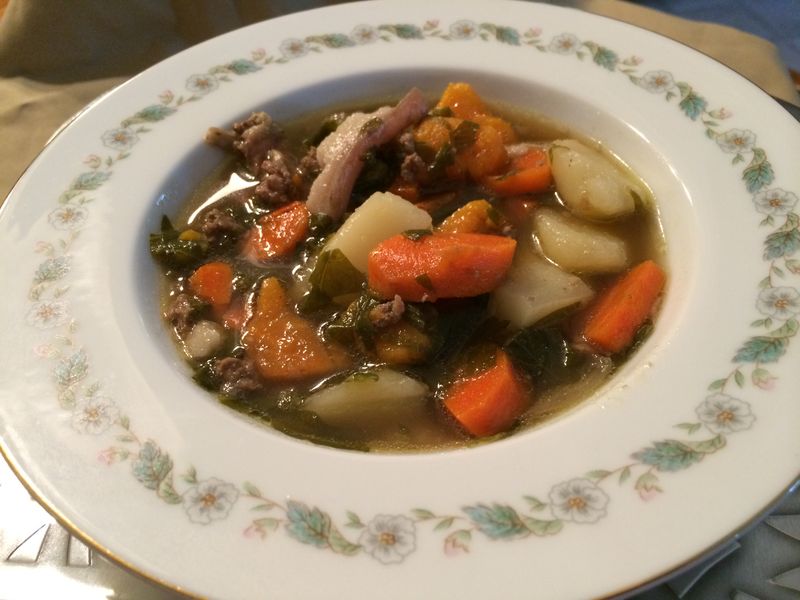
Victory Garden Soup was a staple during the war, made from vegetables grown in backyard gardens. Families would come together to cultivate carrots, cabbage, and potatoes, turning them into a nourishing broth.
This soup symbolized not just sustenance but community resilience. An anecdote from the time recalls a neighborhood potluck where everyone contributed their homegrown produce.
Though simple, its essence lay in the shared effort and spirit of the era.
Fun Fact: Victory Gardens were promoted by governments as a morale booster and a way to supplement rations.
Mock Apple Pie
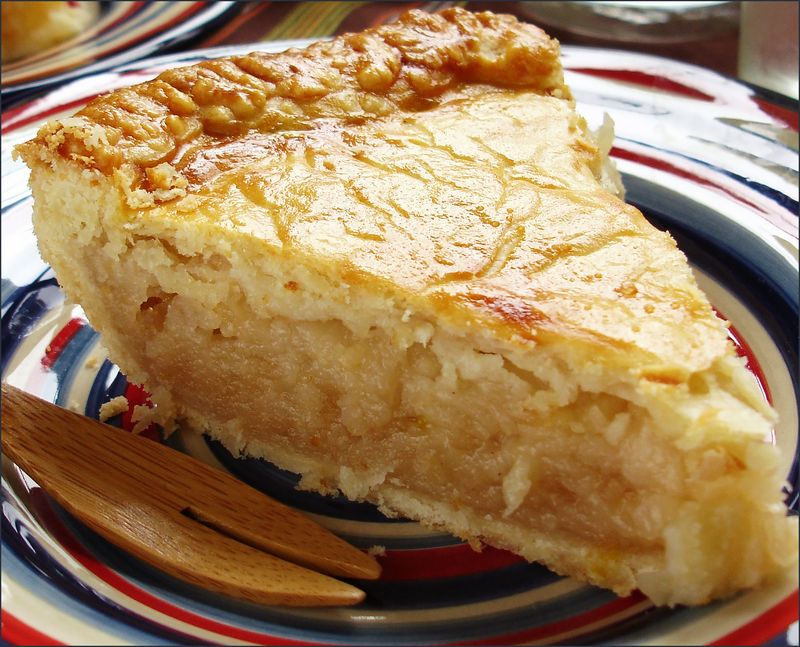
With apples scarce, Mock Apple Pie was a clever substitute, using crackers, sugar, and cinnamon to mimic the flavor of real apple pie. The ingenuity behind this dish exemplified the wartime spirit of making do with available resources.
Families cherished this dessert as a reminder of pre-war abundance, savoring every bite.
Despite its unusual preparation, it was a beloved treat.
Did you know? The recipe for Mock Apple Pie appeared on the back of Ritz cracker boxes, helping it gain popularity.
Spam Hash

Spam Hash was born out of necessity, using the readily available canned meat during the war. This dish combined diced Spam, potatoes, and onions, creating a hearty meal that was both quick and satisfying.
Families found comfort in its simplicity and warmth, often gathering around the table to share stories of the day.
The dish remains a nostalgic reminder of resourceful cooking.
Fun Fact: Spam became so popular during the war that its sales skyrocketed, cementing its place in American culinary history.
Woolton Pie
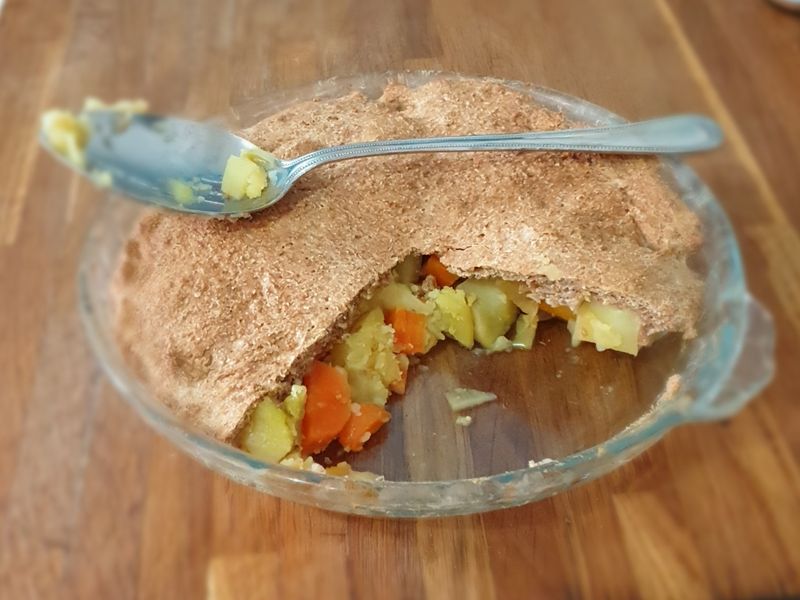
Named after Lord Woolton, Woolton Pie was a British invention during food shortages. This vegetable pie consisted of turnips, carrots, and potatoes, seasoned with herbs to enhance flavor.
Despite its humble ingredients, it was a symbol of British resilience and adaptability.
Many remember it as a dish that brought families together in times of scarcity.
Quirky Fact: The pie was served at London’s famous Savoy Hotel, showcasing its acceptance across all social classes.
Dandelion Salad
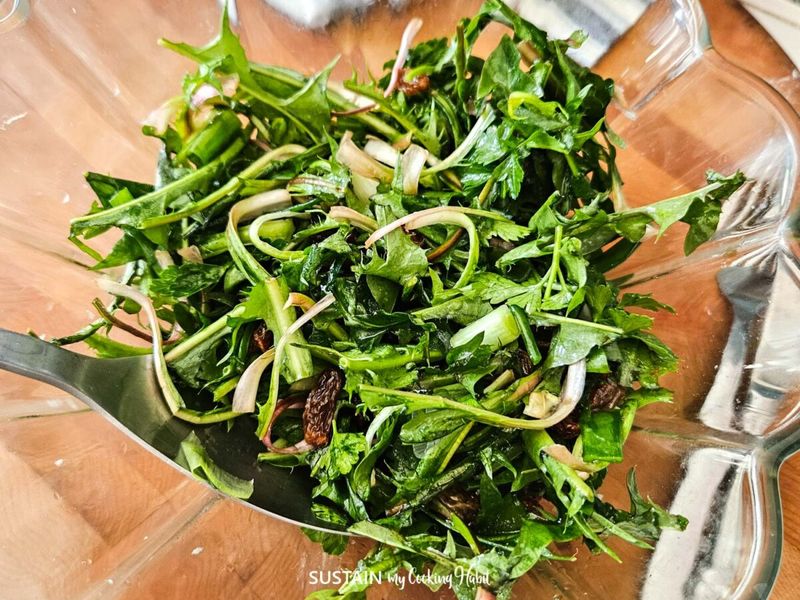
Dandelion Salad was a testament to foraging during wartime, with families gathering dandelion greens from fields and gardens. These greens were tossed with olive oil and vinegar, creating a simple yet nutritious salad.
This dish highlighted the importance of utilizing available resources and adapting traditional recipes.
A family from the era recalls making it a Sunday tradition, bringing everyone together.
Fun Fact: Dandelions are rich in vitamins A and C, making them a valuable addition to the wartime diet.
Squirrel Stew
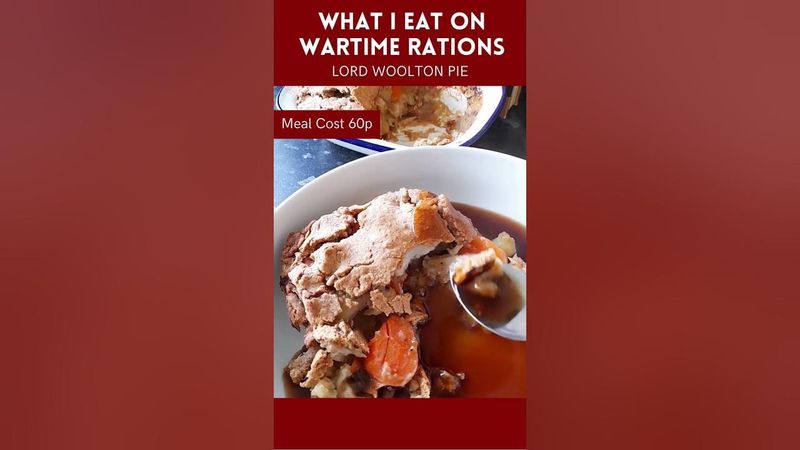
In rural areas, Squirrel Stew was a common dish, made from wild-caught squirrels and vegetables. This stew was a testament to survival and ingenuity, providing nourishment when meat was scarce.
Families often shared tales of hunting trips and the camaraderie that came with preparing such meals.
Though unconventional today, it was a cherished part of wartime life.
Historical Tidbit: Squirrel Stew was especially popular in the Southern United States, reflecting regional culinary traditions.
Oatmeal Sausage
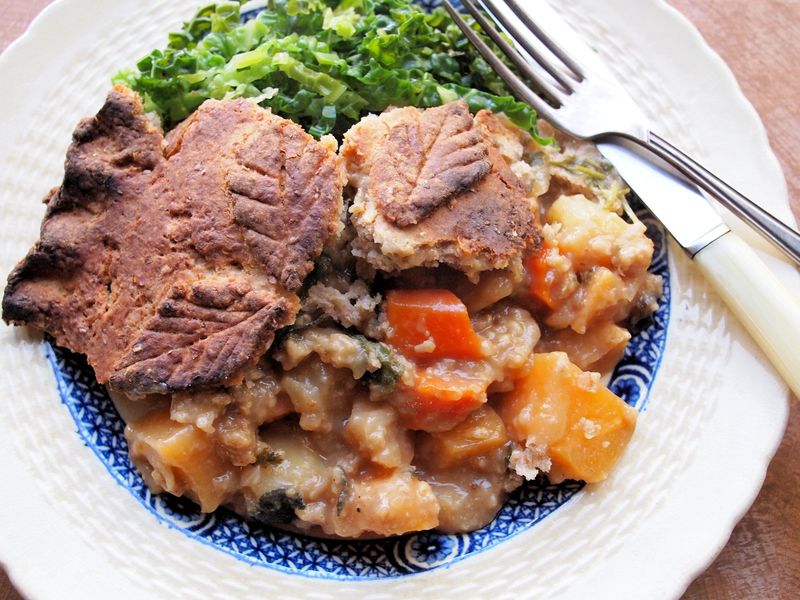
Oatmeal Sausage was created as a meat alternative, combining oats with spices to form sausage-like patties. This inventive dish provided a protein-rich option during meat shortages.
Families enjoyed its versatility, using it in various meals throughout the week.
Anecdotes from the time describe children learning to cook alongside their parents, making Oatmeal Sausage a family affair.
Did you know? Oats were a staple food item, lauded for their nutritional value and ability to stretch limited supplies.
Carrot Marmalade
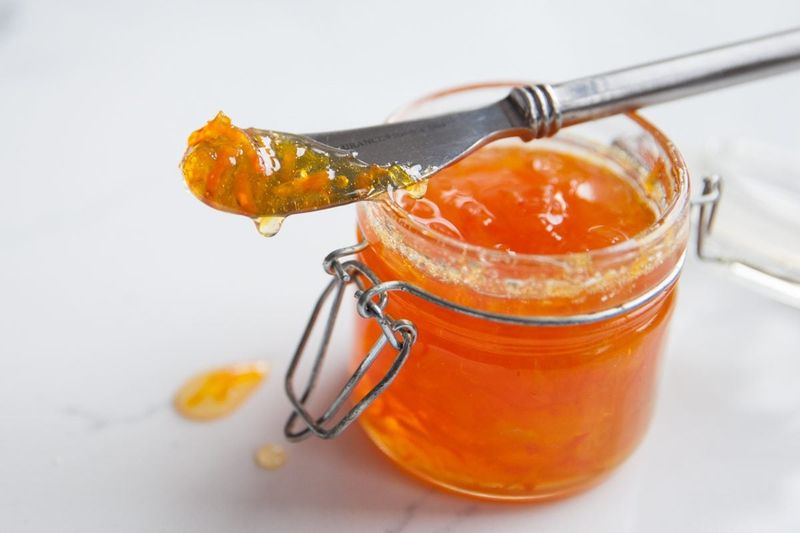
Carrot Marmalade was a sweet delight, using carrots to substitute for citrus fruits. Boiled with sugar, it created a spreadable treat that brightened up breakfast tables.
Families took pride in their homemade preserves, often exchanging jars with neighbors as a gesture of goodwill.
This marmalade became a symbol of creativity and resourcefulness.
Interesting Fact: Carrots contain natural sugars, making them an excellent base for marmalade when citrus was unavailable.
Potato Bread
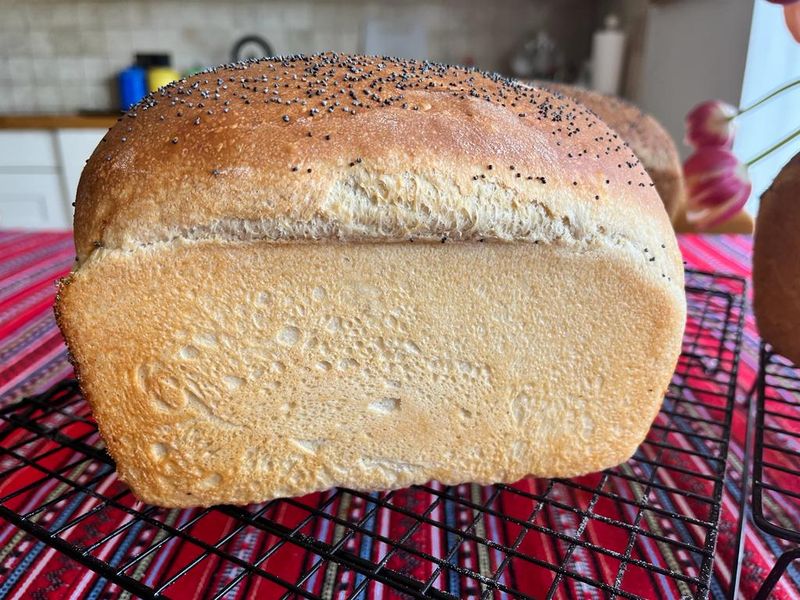
Potato Bread emerged as a wartime staple, using mashed potatoes to stretch precious flour supplies. This bread was hearty and filling, perfect for accompanying meals or eaten alone.
Bakers experimented with different recipes, each adding their unique twist, which fostered a sense of community sharing.
It was a comforting presence in uncertain times.
Trivia: Potato Bread was not only economical but also stayed fresh longer than traditional bread, making it a practical choice.
Peanut Butter Soup

Peanut Butter Soup was an inventive solution during protein shortages, combining peanut butter with broth and spices. This savory dish was both nutritious and satisfying, offering warmth during challenging times.
Families appreciated its creamy texture and unique flavor, making it a favorite for many.
It showcased the ability to create comfort food from simple ingredients.
Did You Know? Peanut butter was a popular ingredient due to its high protein content and long shelf life.
Parsnip Cake
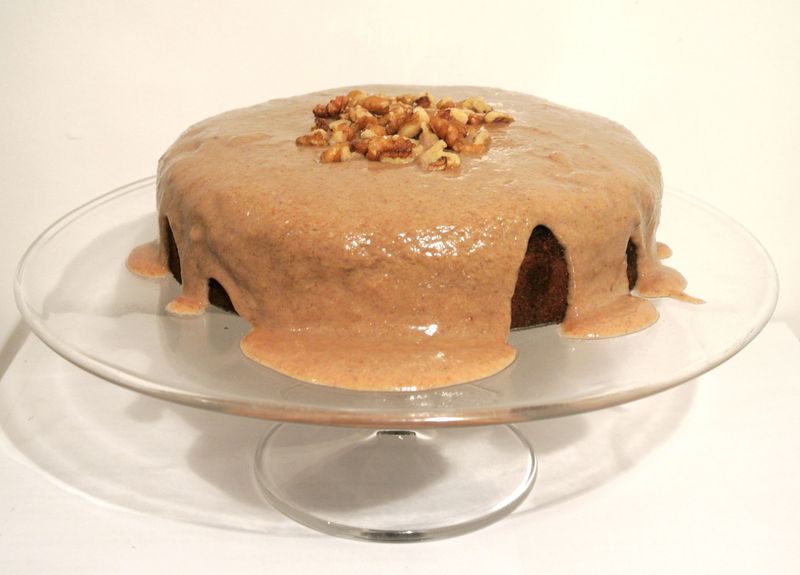
Parsnip Cake was a sweet indulgence, using parsnips to replace more expensive ingredients. Grated parsnips added moisture and sweetness, creating a delightful dessert that was both economical and delicious.
This cake became a symbol of ingenuity, with families incorporating it into celebrations and gatherings.
Anecdotes tell of parsnip cake competitions, where bakers showcased their creativity.
Fun Fact: Parsnips were often used in desserts due to their natural sweetness, making them a popular choice during rationing.
Leave a comment